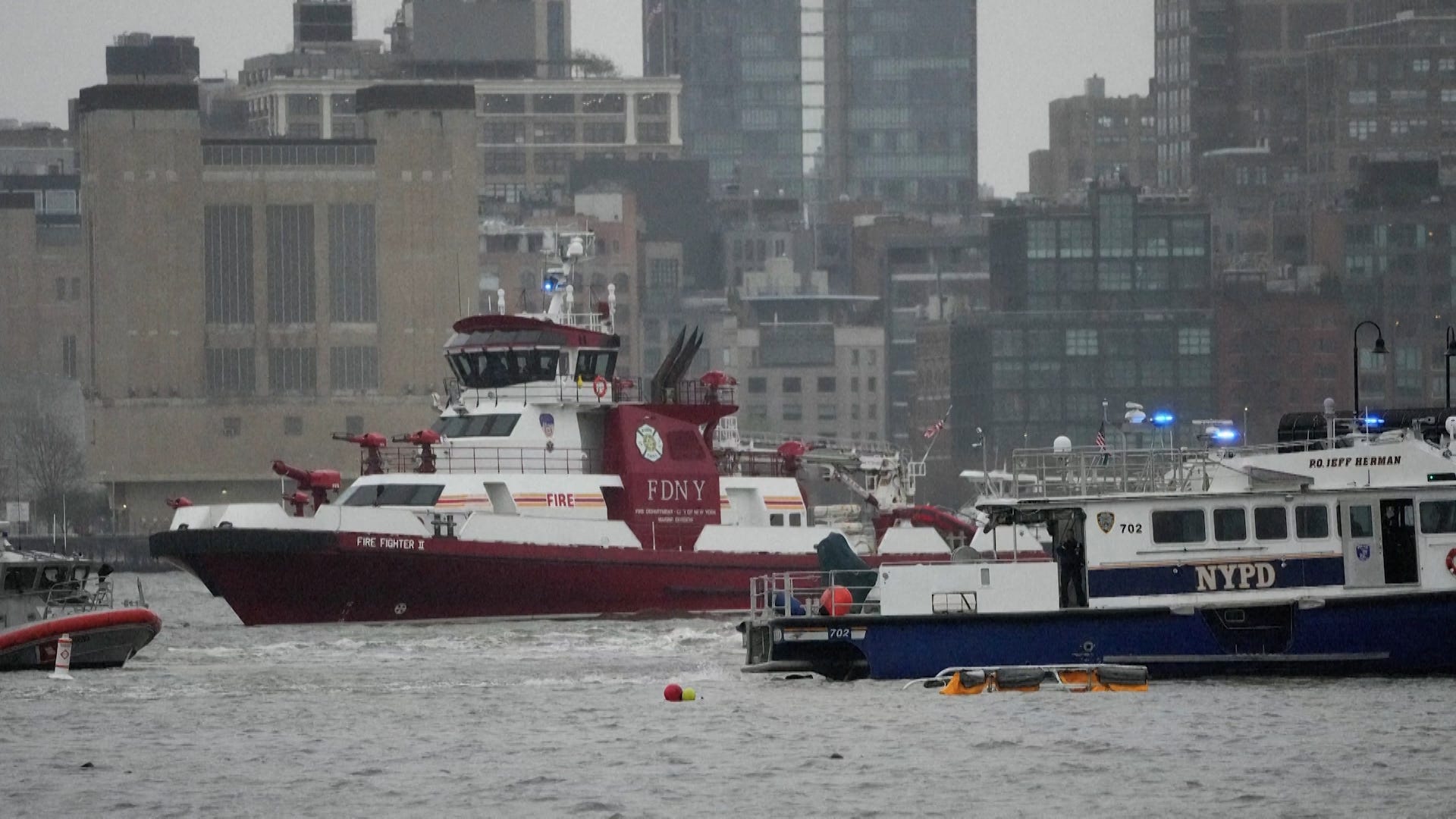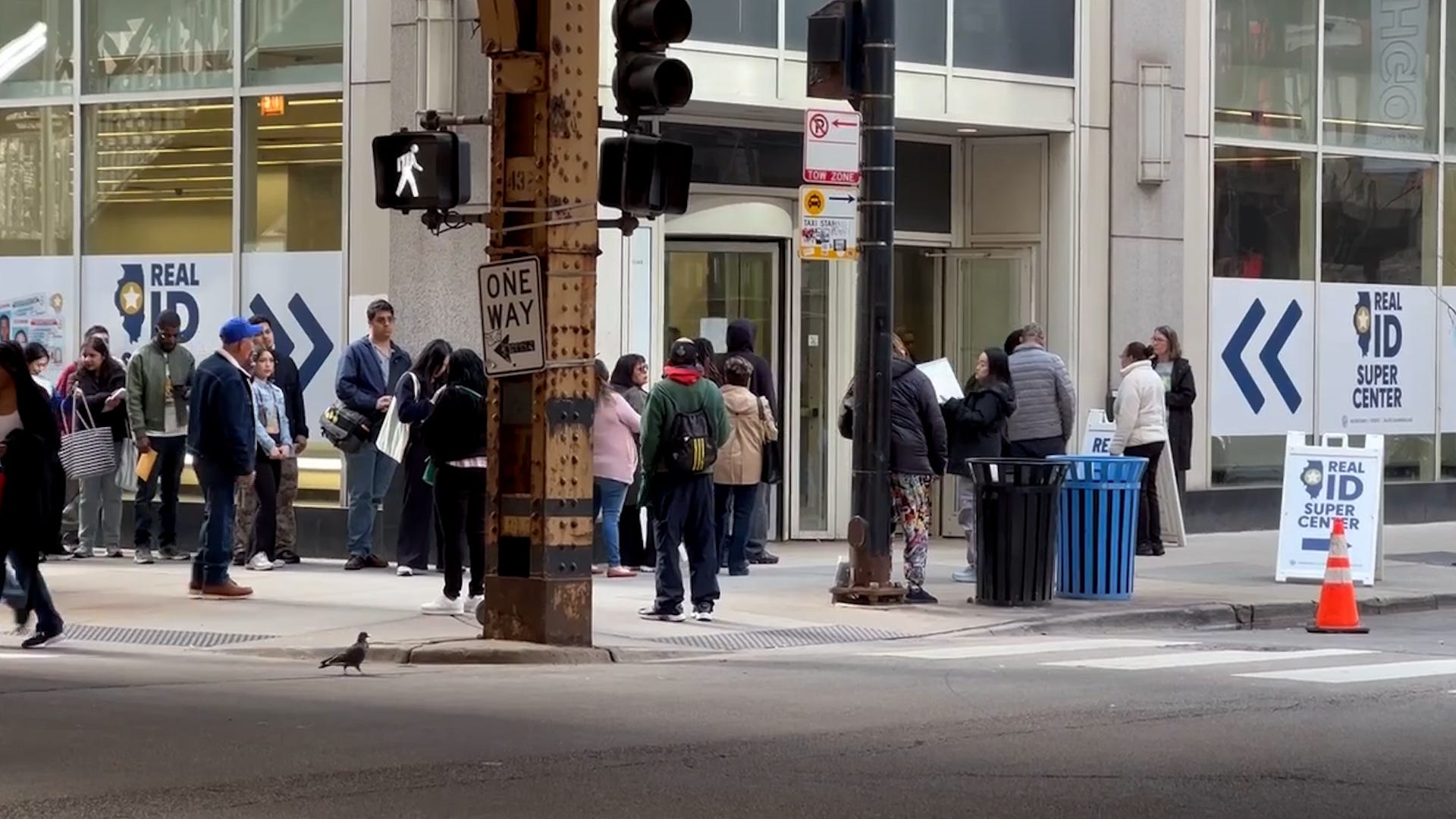High Above The City, Low On Oversight: Are Helicopter Tours Putting Lives At Risk?

- A helicopter crash in New York City's Hudson River killed six people, including a family of five and the pilot.
- The cause of the crash is under investigation, but the helicopter reportedly hit the water inverted.
- Experts recommend passengers inquire about safety records and pilot experience before taking a helicopter tour.
A fatal helicopter crash in New York City’s Hudson River claimed six lives on Thursday, including a Spanish family of five and the pilot. The Bell 206 helicopter, operated by New York Helicopter Tours, was on an aerial sightseeing tour when it reportedly broke apart mid-air and plunged into the river.
Rescue divers responded immediately to the incident, pulling all six people – including the family's three children – from the waters, according to officials. Four were pronounced dead at the scene while the other two were taken to a local hospital, where they later died.
The cause of the crash is still under investigation, although reports show that the aircraft hit the water "inverted." A team of investigators from the National Transportation Safety Board (NTSB) were sent to New York City on Thursday late evening, according to the federal agency.
This recent tragedy raises safety concerns over the commercial helicopter industry. The U.S. operates the world’s largest fleet of commercial helicopters and is home to the biggest market for helicopter tourism in destinations like New York City, Hawaii and the Grand Canyon.
While helicopter tours may offer some of the rarest and most breathtaking views for passengers, experts are calling for stricter regulations to improve the safety of these flights.
There have been several high-profile helicopter crashes over the past decade, including an air tour over New York City in 2009 that killed nine people and the 2020 Calabasas crash that killed Kobe Bryant and his daughter Gianna.
The Federal Aviation Administration reports a fatal accident rate of approximately 0.63 per 100,000 flight hours for helicopters, which is lower than the general aviation average but higher than commercial airline rates. The predominant factor in these helicopter accidents is pilot error, according to the agency. However, mechanical failures, poor weather conditions and low-altitude flying can also play a role.
Between 2013 and 2020 saw a 36% decrease in accidents in the U.S. according to the United States Helicopter Safety Team.
The FAA and NTSB oversee helicopter tour operations, with the NTSB repeatedly calling for enhanced safety measures following investigations into over 130 helicopter accidents since 2004. This includes mandatory safety management systems for tour operators, such as flight risk evaluation programs or pilot training scenarios for bad weather.
According to Jim Brauchle, an aviation attorney at Motley Rice, regulations on helicopters tour operators can be loose if they don't also operate charter flights beyond 25 miles from their base. Farther-afield flights trigger a higher level of regulatory scrutiny.
He also said that FAA staffing can affect helicopter safety.
"They’re spread too thin and they can’t provide the level of oversight that they probably should be," Brauchle said.
For passengers still considering a helicopter tour, Brauchle said it's important to ask the operator questions about their safety record, maintenance practices and plans for your flight.
"You can also ask the operator who’s going to be our pilot and I want to know how many flight hours they’ve had and how many in that type of helicopter," he said. "If a company won’t give you that information, that’s a red flag as well."
The NTSB has recommended helicopter pilots go through more comprehensive training that exposes them to flying in bad weather. It also suggests helicopters install radio altimeters, night vision imaging systems, and terrain awareness warning systems.
"The NTSB is concerned that, absent a concerted effort to enhance helicopter safety in public operations, accidents involving public helicopters will continue," the agency stated on its website. "These could lead to more injuries and loss of life in search and rescue operations and emergency medical service flights, as well as other operations by federal, state, and local entities."
In response to past accidents, the FAA has implemented regulations to improve helicopter tour safety, such as prohibiting doors-off helicopter flights with supplemental passenger restraints unless they meet specific safety criteria. Passengers are advised to choose operators with strong safety records, ensure pre-flight safety briefings are conducted, and verify that aircraft are equipped with appropriate safety features.
In 2023, the agency proposed safety processes specifically for air tours in Hawaii – a popular destination for aerial sightseeing of waterfalls and other inaccessible places – such as flying at least 1,500 feet above the ground unless there's inclement weather along with other pilot training recommendations.


